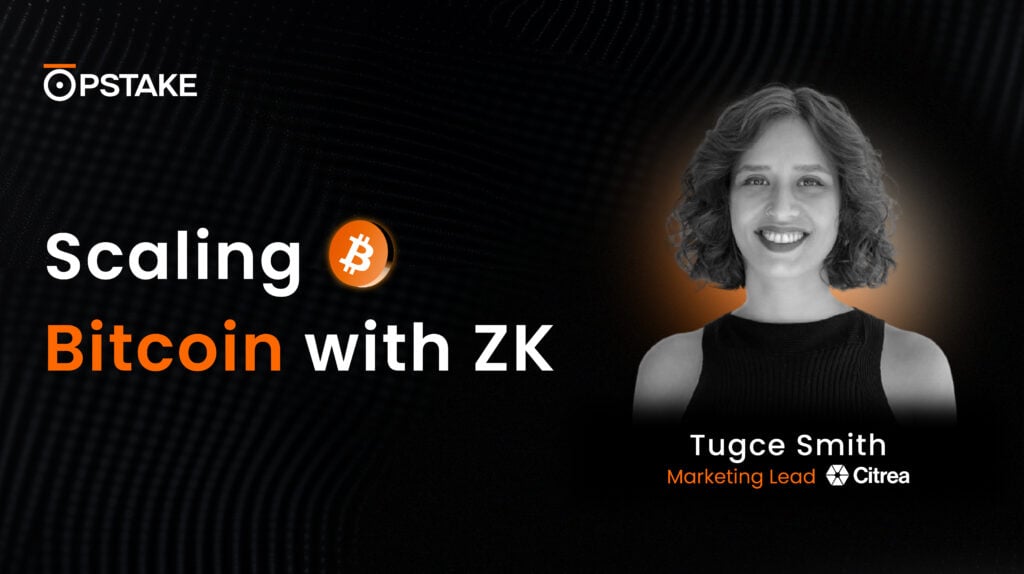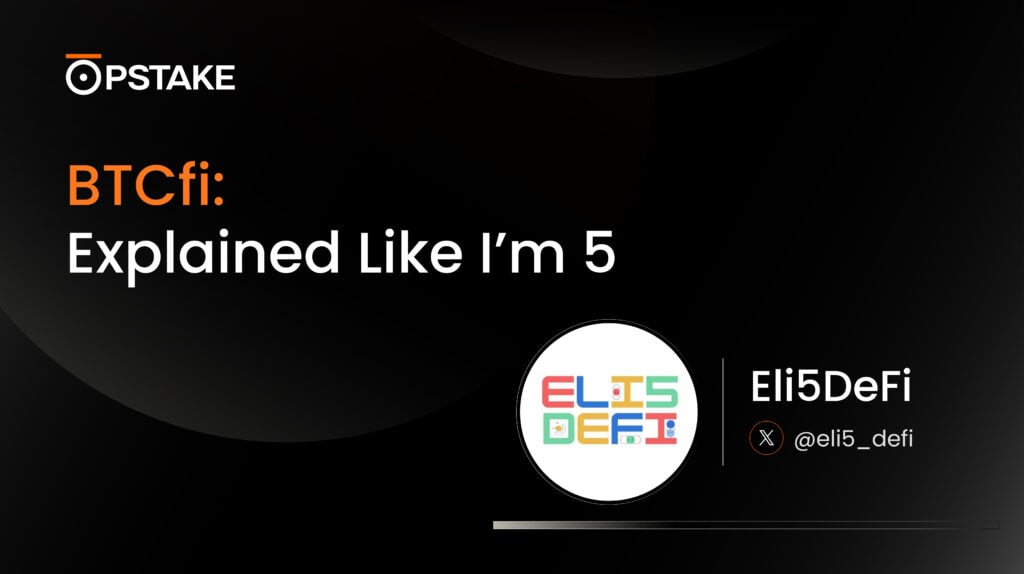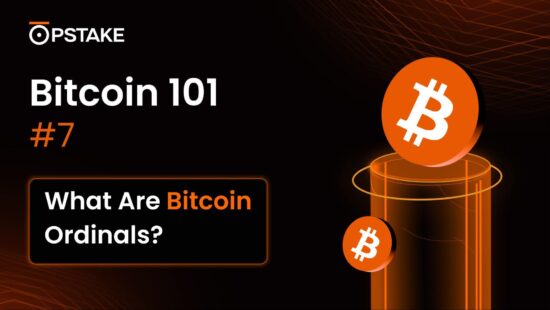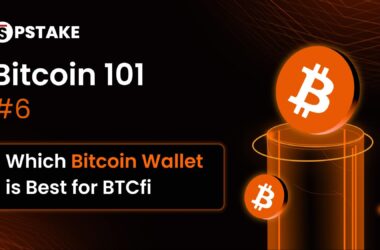With pStake Finance moving into the heart of the Bitcoin ecosystem on its mission to provide native Bitcoin yields to holders, we’ve crafted this Bitcoin 101 series to help newcomers understand the number-one-ranked cryptocurrency slightly better.
With thousands of articles relating to Bitcoin available online, we hope our series can condense the complex information, demystify the confusing jargon, and provide an insightful overview of the granddaddy of the crypto world.
Today, we want to dive deeper into the heart of the BTCfi ecosystem and highlight one of the protocols that have pushed the boundaries of what’s possible in the sector: Bitcoin Ordinals.
So, put on the kettle, turn on Do Not Disturb, and get ready to start today’s binge-reading session as we explore Bitcoin in more depth.
What are Bitcoin Ordinals and How Did They Emerge?
There’s a new Bitcoin technology in town that’s causing a stir on the market and is likely to kick-start the next mega-trend for Bitcoin over the coming years.
This new technology is known as Bitcoin ordinals.
Bitcoin ordinals bring an exciting level of programmability to the Bitcoin blockchain, allowing for new ways of storing text, images, and other data on the Bitcoin Network itself. As a result, Bitcoin ordinals have introduced NFTs to the ecosystem and caused the Total Value Locked (TVL) for BTCfi to spike beyond $1 billion in April 2024, a significant milestone indicating the growing interest and adoption of BTCfi:

Founded by Casey Rodarmor and launched in January 2023, Bitcoin ordinals emerged from upgrades to the Bitcoin protocol. Specifically, the SegWit (2017) and Taproot (2021) upgrades made the process of inscriptions possible by making transactions more efficient and increasing the theoretical block size limit to 4MB, making space for additional data to enter each block.
Before we discuss why Bitcoin Ordinals have created such a buzz, let’s first define them.
“Bitcoin Ordinals are akin to non-fungible tokens on the Bitcoin blockchain that utilize Satoshi inscriptions to store text, images, and other data on the blockchain.”
You know how we like to do things here; let’s break that down for you into some bite-sized pieces.
“Bitcoin Ordinals are akin to non-fungible tokens…”
Non-fungible tokens are unique tokens in the crypto space. Essentially, they’re NFTs that create a “one of one” type of token that can be bought, sold, and traded on NFT marketplaces. These NFTs are compared to digital art, creating an entire industry of digital collectibles.
“..on the Bitcoin blockchain…”
This is a very important part of the definition. It’s important to realize that Bitcoin ordinals have given birth to a protocol that brings NFTs to the Bitcoin Layer-1 blockchain itself. As a result, these NFTs (inscriptions) leverage the enormous security provided by the Bitcoin network.
“…that utilize Satoshi inscriptions to store text, images, and other data on the blockchain.”
This is where the magic happens. Satoshis, often called SATS, are the smallest unit of account in the Bitcoin network—equivalent to 0.00000001 BTC. Bitcoin ordinals are pieces of data, images, or text that are inscribed (stored) onto these small units of BTC. The inscriptions will sit forever on the immutable Bitcoin blockchain.
How do Bitcoin Ordinals and Inscriptions Work?
Bitcoin ordinals are special as they’re completely Bitcoin-native, meaning that they don’t require any extra layers or changes to the protocol.
The entire concept of ordinals revolves around a concept known as Ordinal Theory, which states that every Satoshi is given a serial number based on the order in which it was mined, called ordinals. Ordinals provide each Satoshi with a unique ID and help the blockchain track where every Satoshi is and who owns it.
Inscriptions are a process of writing additional content on top of these ordinals and embedding them into Bitcoin blocks through transactions.
Inscribing data onto Satoshis can be in the form of text or images, giving birth to an exciting use case as NFTs are introduced to Bitcoin.
The inscription process utilizes Bitcoin’s existing transaction mechanism by creating a Taproot output with the inscribed content and spending that output, revealing the inscription content on the blockchain.
Once inscribed, the data is forever embedded in the Bitcoin transaction.
Why Are Bitcoin Ordinals Groundbreaking?
Ordinals introduce new functionality to the Bitcoin blockchain and provide more utility to the BTCfi sector by introducing NFTs.
However, it’s important to understand that ordinals are fundamentally different from NFTs in that ordinal data is stored directly on the Bitcoin blockchain itself. In contrast, NFT data on other blockchain ecosystems, such as Ethereum and Solana, is usually stored off-chain.
In addition, ordinals have the potential to derive their value beyond the artwork of the NFT. For example, ordinals inscribed at key moments in Bitcoin’s history could be perceived to be more valuable.
Another aspect that makes ordinals truly groundbreaking is that the NFTs are secured using Bitcoin’s battle-tested proof-of-work consensus mechanism, allowing them to leverage the largest security infrastructure in the world.
How to Use Bitcoin Ordinals?
Users must utilize a compatible wallet to enter the Ordinals ecosystem. Our previous blog provides an overview of the latest BTCfi-compatible wallets.
Essentially, wallets with a coin control feature will allow users to distinguish between inscribed and regular Satoshis. Unfortunately, traditional wallets without the coin control feature won’t be able to interact with ordinals, as they cannot tell the satoshis apart. Without using a compatible wallet, there’s a chance that you might accidentally spend the inscribed Satoshi in a regular transaction.
Once you have a compatible wallet, there are numerous marketplaces to browse, purchase, and sell ordinals:
Top Ordinals By Volume
There are a range of top Ordinals that are making waves, but here are a selection of the top Ordinals by Volume:
Runestone
- $260M Volume
- 112,384 Total Supply

NodeMonkes
- $183M Volume
- 10,000 Total Supply

Bitcoin Puppets
- $111M Volume
- 10,001 Total Supply

Bitcoin Frogs
- $85M Volume
- 10,000 Total Supply

So, Where Do Ordinals Fit Into BTCfi?
Ordinals are a key player in the BTCfi ecosystem. In fact, they’re likely one of the first pieces of tech introduced to the BTCfi world.
For context, BTCfi is an emerging market that’s bringing DeFi capabilities to Bitcoin. With builders in the space creating L2s and sidechains, developers are building on top of this infrastructure to introduce decentralized finance opportunities, such as lending and yield-generation.
Bringing the magic of NFTs to BTCfi increases its adoption rate, especially considering that ordinals are embedded into the most secure blockchain on the planet.
Overall, Bitcoin ordinals truly changed Bitcoin’s future direction and brought new life to the ecosystem. They increased the focus on the BTCfi sector and introduced more functionality to the Bitcoin blockchain itself. With NFTs being brought to the Bitcoin blockchain, the doors are now open for a truly decentralized BTCfi ecosystem to develop.
About pSTAKE Finance
pSTAKE Finance is a Bitcoin Yield and Liquid Staking protocol, backed by Binance Labs.
With pSTAKE Finance, users can liquid stake BTC to get rewards from Babylon’s Trustless BTC staking for securing other app chains while maintaining their liquidity.
Accessing Bitcoin yields should not be complex, risky, or unsafe. With four years of liquid staking expertise and expert-curated yield strategies, pSTAKE Finance helps individuals and institutions put their BTC to work in BTCfi.
pSTAKE Finance has partnered with leading blockchain security firms, such as Halborn, Hexens, Oak Security, Immunefi, Forta, and more, to offer a secure liquid staking product suite.
PSTAKE is the governance and incentivization token of the pSTAKE Finance protocol. It has some of the most prominent investors, including Binance Labs, DeFiance Capital, Spartan Group, Coinbase Ventures, and Kraken Ventures.










